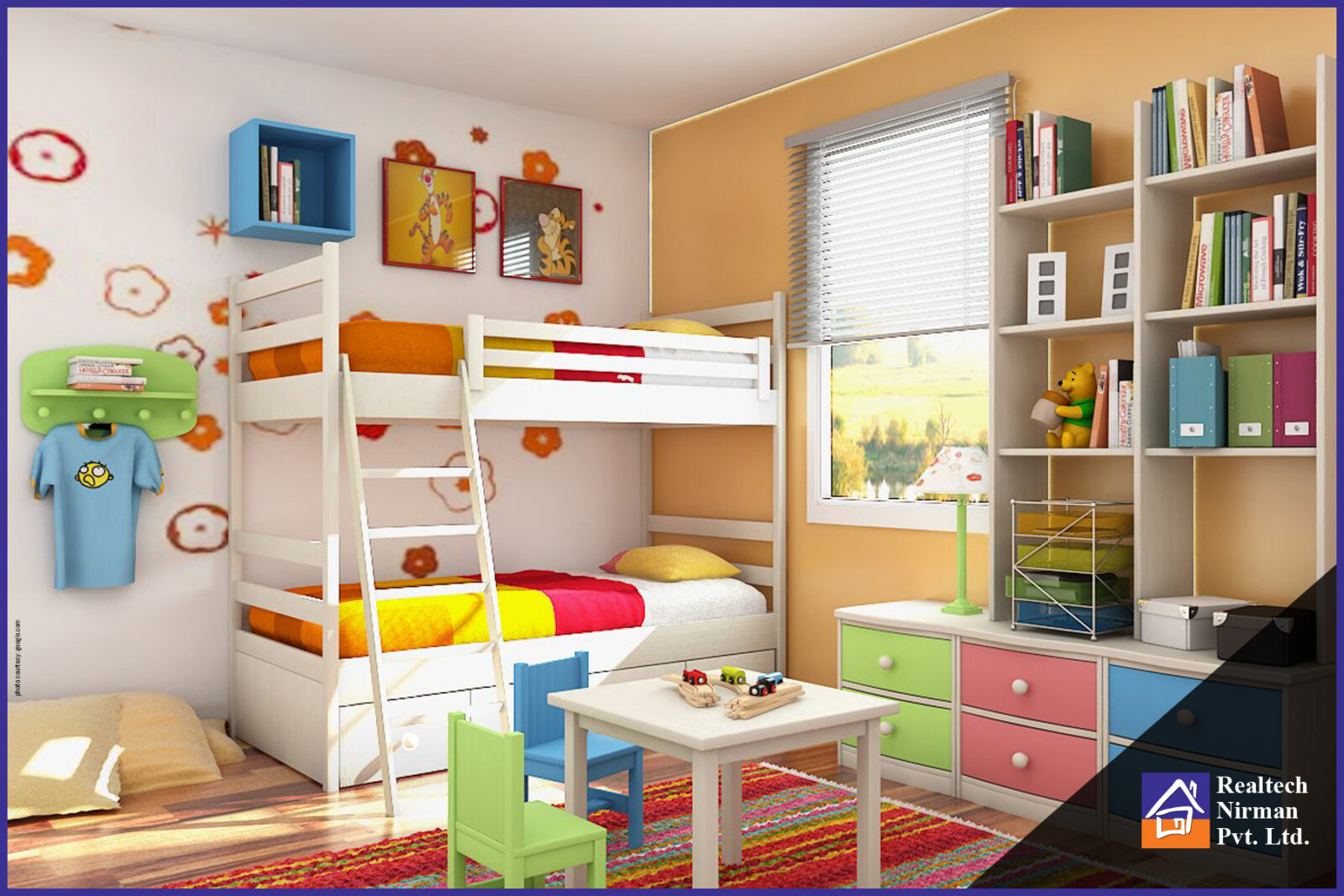On account of the global pandemic and the economic blow that has been caused due to it, the Reserve Bank of India (RBI) has permitted moratorium period on term loans initially for 3 months till 31st May 2020 which has been extended to August 2020.
RBI Governor Shaktikanta Das announced this in aid of those facing major difficulties in loan repayments and are financially compromised in these crisis period due to the worldwide and nationwide lockdown. But what does this mean to you if you are paying EMIs and how does this affect you? We are here to answer some of the questions you have been seeking answers for.
What is moratorium period and how does it affect a borrower?
A moratorium period means a time-off from loan repayments for a borrower. It should not be confused as a waiver at all. Moratorium only means a borrower does not need to start loan repayments, instalments or interest dues for a certain period of time including personal and credit card dues.
A fixed period of time announced as moratorium period hence means that one can defer EMI payments for that period. Although not all lending institutions are obligated to allow this and can independently set the criteria for permitting a repayment holiday. Similarly, one can choose to avail the moratorium or not.
Whether one avails the moratorium or not, has nothing to do with the CIBIL score and he or she will not be considered as a defaulter for that period.
If a borrower avails it, he or she ends up paying more interest that gets added to the overall liability. This means, whereas the borrower gets some time to re-organise funds in short-term, at the end he or she ends up paying more than the actual liability that is far less when moratorium is not opted for. On account of longer tenure due to moratorium period, the interest accumulated on the outstanding sum ends up in higher repayments.
Most home buyers requesting for moratorium period while purchasing an under-construction property are offered up to 3 years of moratorium and up to 6 months in case of ready-to-move properties by the banks who agree upon it.
With most businesses suffering losses due to the pandemic and lockdown, the extra interest accumulated shall be a reason for concern for the self-employed citizens. For those whose funds suffice and are not facing a cash crunch, it is advisable to pay the EMIs instead of availing the moratorium. This is applicable on credit cards as well and a deferment in payment can result in an increased interest of 4-8% instead of the usual 2-4% charged on roll over balance.
If you have booked a property in Kolkata and have started paying EMIs already, ask you bank about moratorium and the difference in the final loan repayment amount before you decide to avail it.









